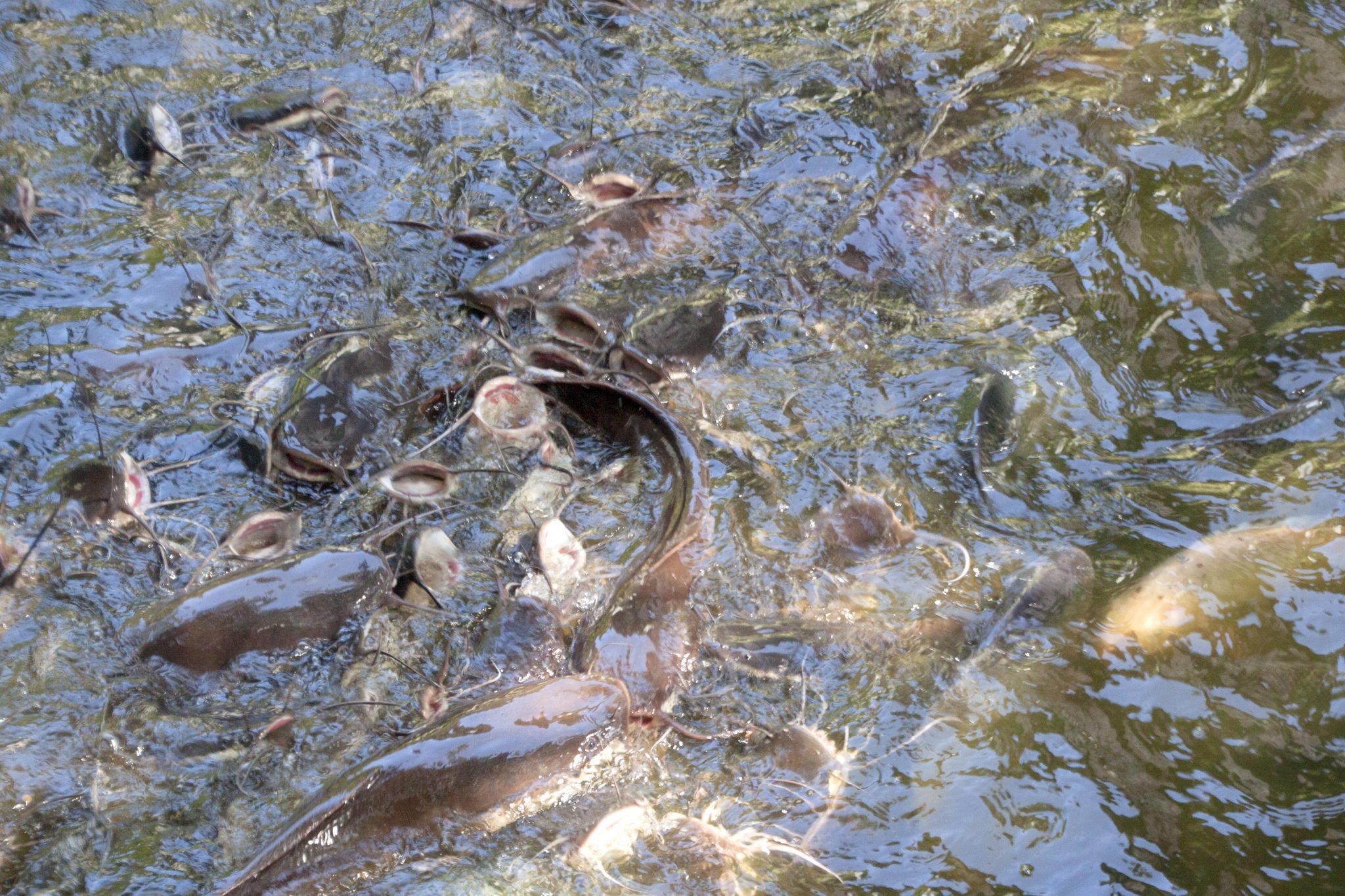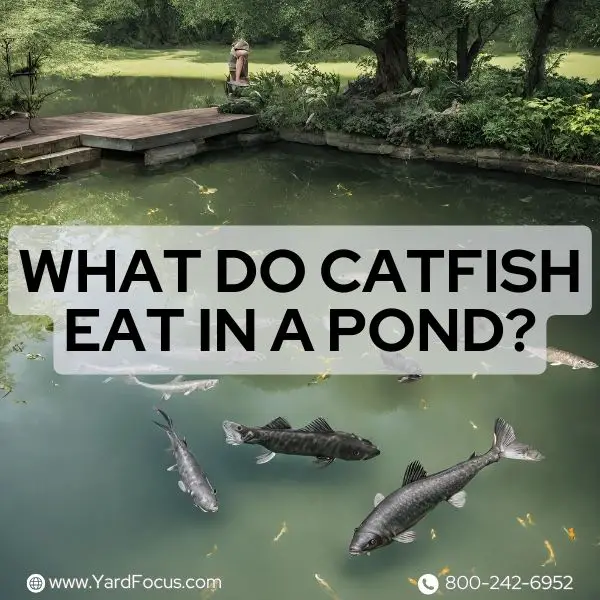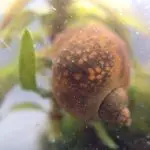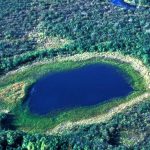Curious about what catfish eat in ponds? Catfish are known to be voracious eaters, consuming a wide variety of food sources. Whether you are a pond owner or just interested in the diet of these aquatic creatures, understanding what catfish eat can provide valuable insights into their behavior and ecosystem.
1. Natural Diet of Catfish
Catfish are opportunistic feeders, meaning they consume whatever is available in their environment. In ponds, catfish primarily feed on:
- Small fish
- Aquatic insects
- Crustaceans
- Worms
These natural food sources provide catfish with essential nutrients and energy to thrive in their habitat.
2. Supplemental Feeding
In pond settings, catfish may also be provided with supplemental feeds to ensure proper growth and health. Common supplemental feeds for catfish include:
- Commercial fish pellets
- Grains
- Vegetables
Supplemental feeding can enhance the growth rate and overall health of catfish in ponds.
3. Feeding Behavior
Catfish are known for their bottom-feeding behavior, scouring the pond floor in search of food. They use their sensitive barbels to locate prey hidden in the substrate.
Furthermore, catfish are most active during dawn and dusk, making these optimal feeding times in pond environments.
4. Impact on Pond Ecosystem
The feeding habits of catfish play a crucial role in the pond ecosystem. By consuming excess algae, small fish, and invertebrates, catfish help maintain ecological balance in ponds.
Additionally, catfish excrete waste that serves as a natural fertilizer, contributing to nutrient cycling within the pond.

Credit: www.aces.edu

Credit: www.youtube.com
5. Considerations for Pond Owners
For pond owners, understanding the dietary preferences of catfish is essential for managing pond health and promoting fish growth. Here are some considerations:
- Monitor water quality to ensure a healthy environment for catfish.
- Provide adequate shelter and hiding spots for catfish to feel secure.
- Regulate feeding practices to prevent overfeeding and water pollution.
6. Conclusion
In conclusion, catfish in ponds have a diverse diet that includes natural prey items as well as supplemental feeds. By recognizing and catering to their feeding habits, pond owners can support the well-being of catfish and maintain a thriving aquatic ecosystem.
Whether you observe catfish hunting for insects or nibbling on pellets, their feeding behavior offers a fascinating glimpse into the circle of life in pond environments.





